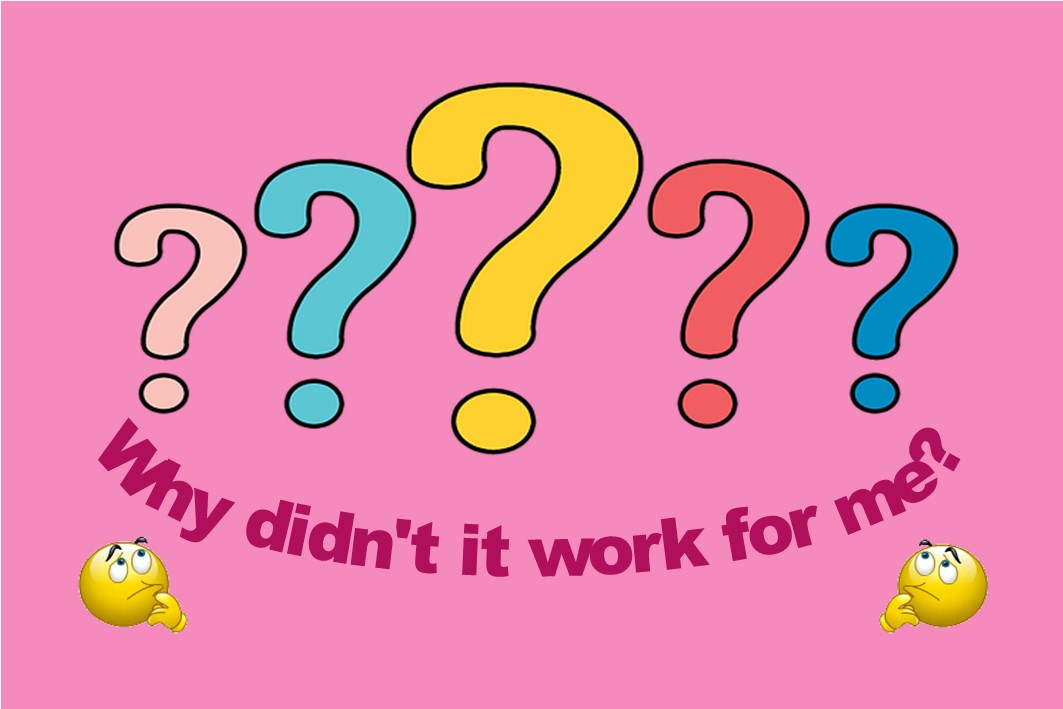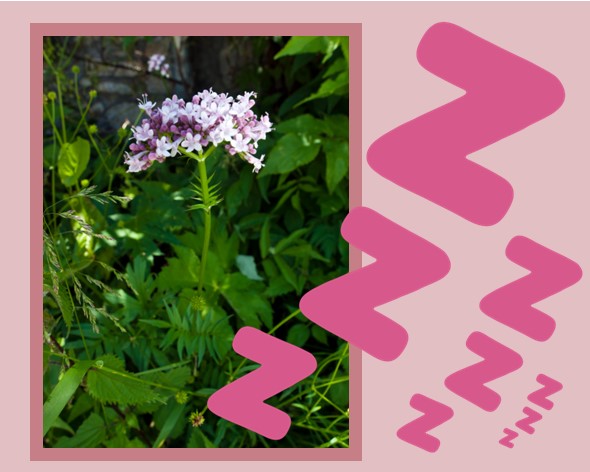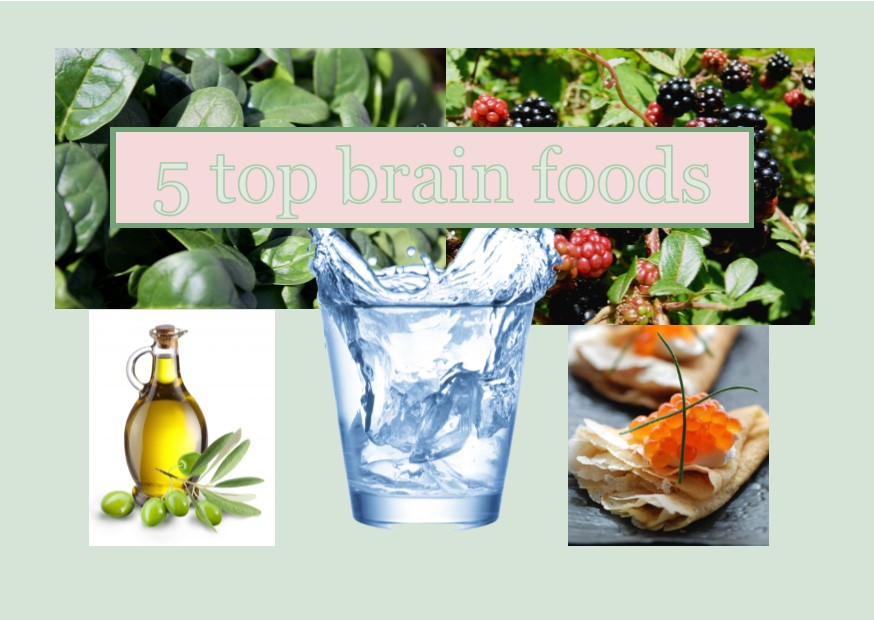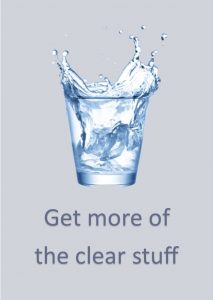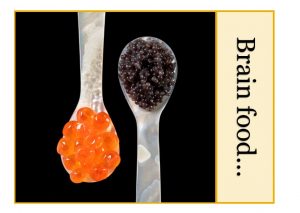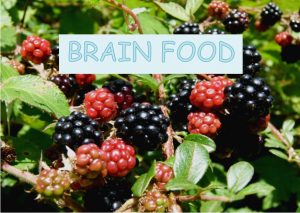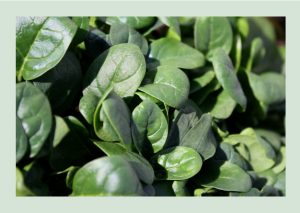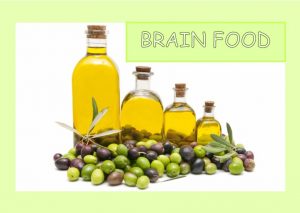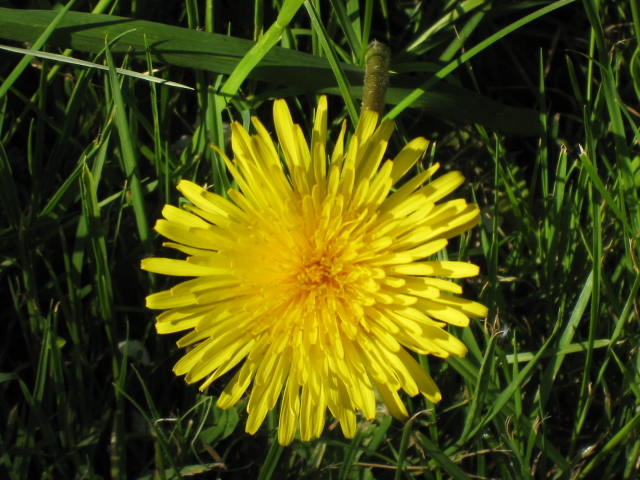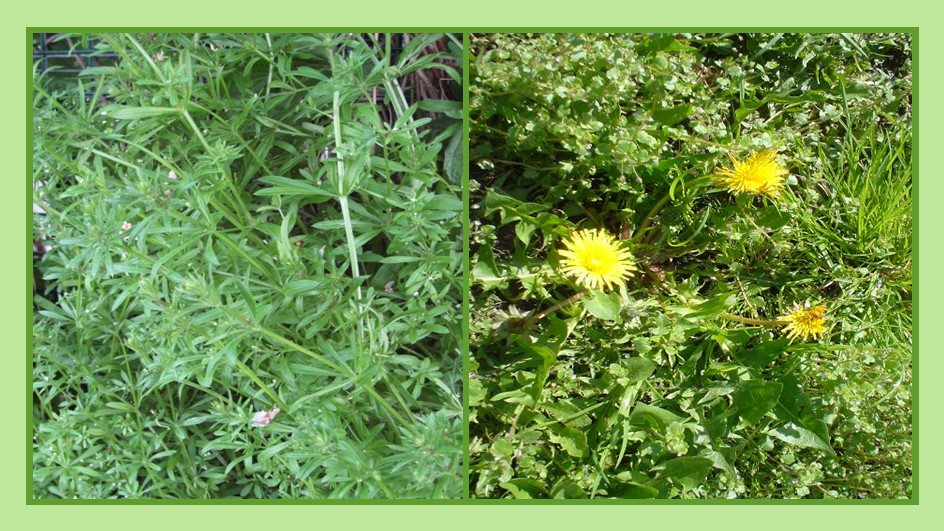
As the sun warms us up and the blossom cheers our spirits, we unfurl from our Winter hibernation ready to face the world again, much like the sticky buds of the Chestnut trees revealing their fresh, green new leaves.
The garden has leapt into life, the bulbs are gifting us their vibrant colours and Winter’s grey is finally starting to ebb away. What a relief. Spring has definitely started when Sunday’s dawn chorus is followed by the hum of lawnmowers!
Now is the time to think about those health changes which were too difficult as optimistic New Year’s resolutions in dark, dreary January. When better to ‘spring clean’ yourself than with the lightening of the days?
Tips for aiding your Spring clean: A cold infusion of fresh herbs
These wonderful can be gathered from your local park (watch out for dog toileting areas!), or if you’re really lucky, your garden!
Dandelion (Taraxacum officinalis) leaves in Spring are less bitter than later in the year. Add a few to your salads and dose yourself with natural nutrition. Dandelions are diuretic but also a rich source of potassium. So, where a pharmaceutical diuretic leaches potassium from your body, dandelion assists in the elimination of excess water but also replaces the potassium! Clever plant. I get goosebumps when I think about how complete that is. You’ll find dandelion in most places where there is grass. The yellow flowers are a giveaway but seek out the younger, smaller leaves.
Cleavers (Galium aparine) is a rampant, climbing weed which gest everywhere but it’s a herbalist’s dream! For your ‘spring clean’ it is a wonderful addition. It gives a light green flavour with a touch of the cucumber about it. One herbalist once said to me ‘imagine all those tiny hooks scrubbing and scouring through your lymph system’; a really great analogy and something for the post-Winter remnants. Readying you to spring into Spring.
Pick a large handful of each herb, place in a jug and cover with fresh cold water. Leave overnight and pour out a cup to drink the following morning. Feel the power of the green flowing through you. Drink in the fresh vitality of live plants from this simple and natural infusion! To make a more fragrant version, add a few leaves from a lavender plant.
Herbal ID
Dandelions and Cleavers are gentle herbs but be very sure that what you are picking is the correct thing – herbal mis-identification can be serious. It may be natural but so are plenty of deadly plants! To be sure, use a good ID guide or ask your local herbalist. I have written about mindful foraging
DISCLAIMER: Before dosing yourself up with wild crafted herbs, be aware that if you suffer from long-term health conditions or are pregnant, it may not be suitable for you to follow these ideas. Please check with a qualified medical herbalist first.
